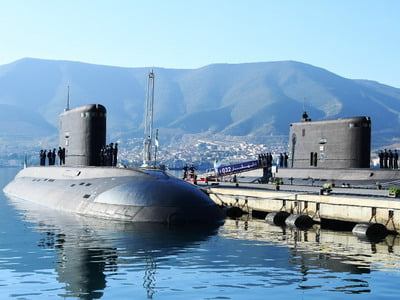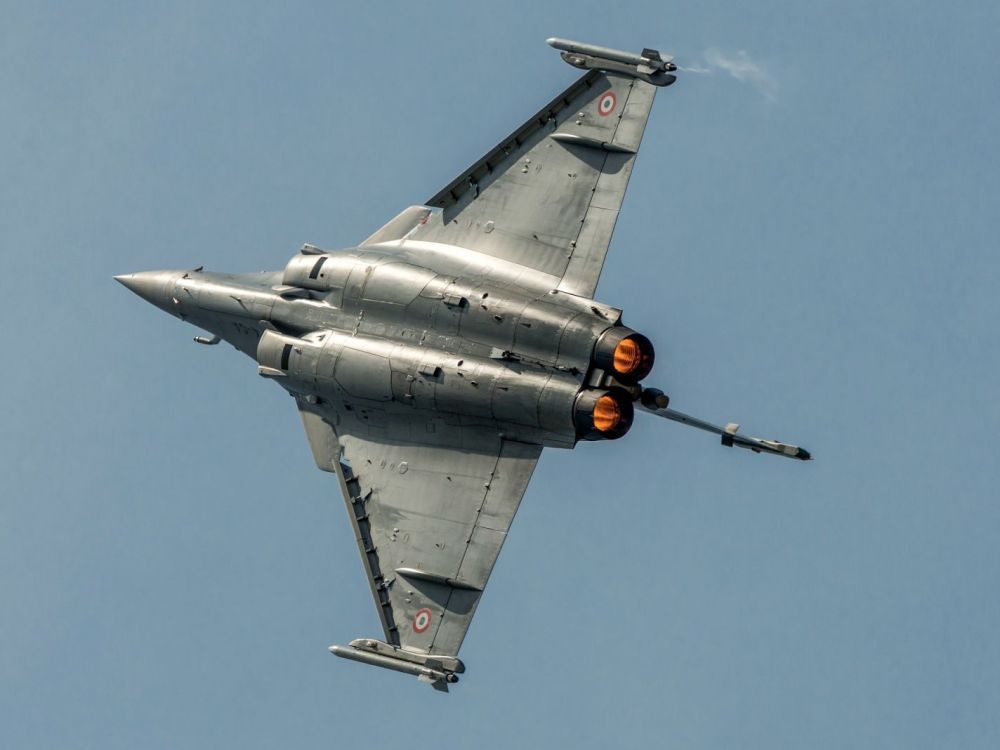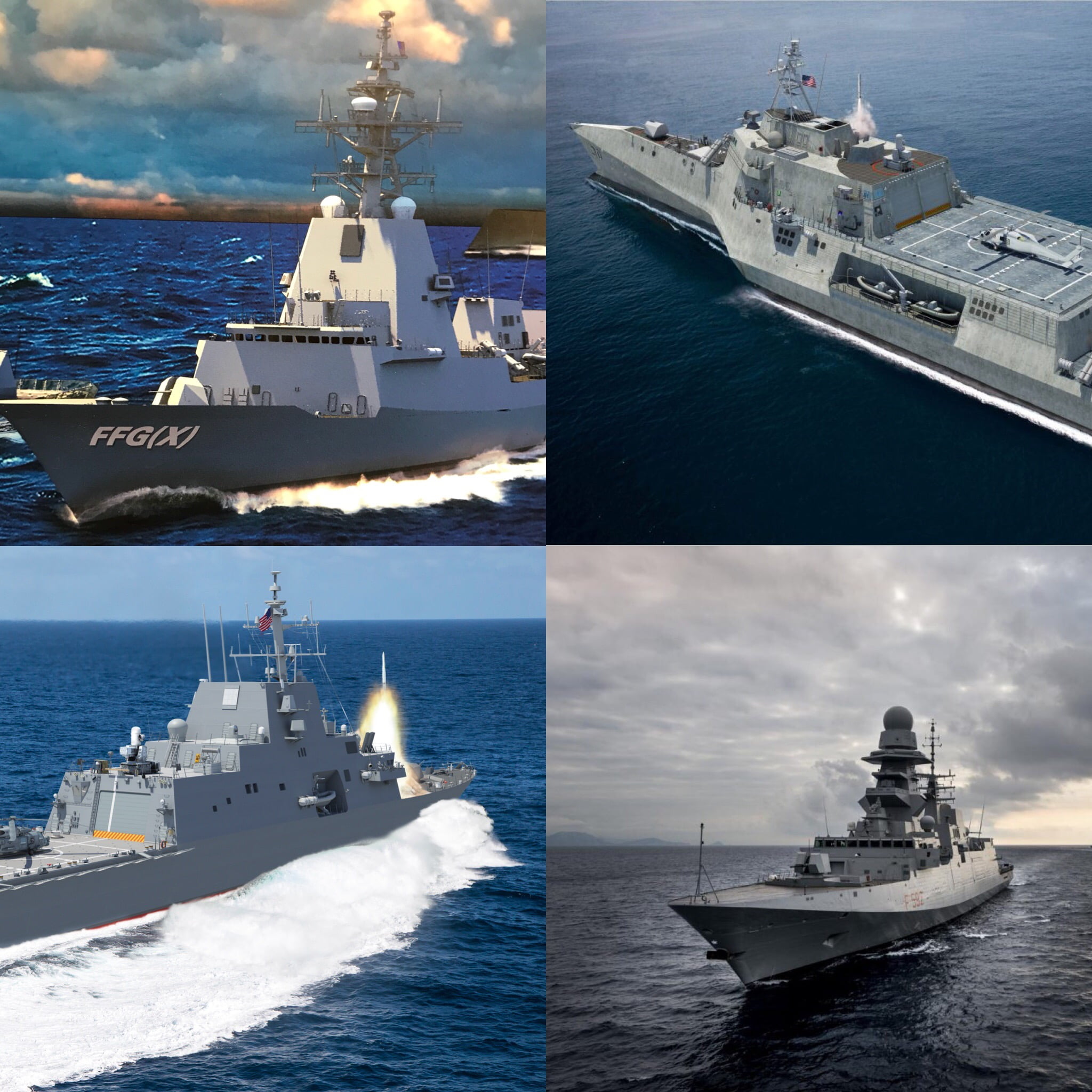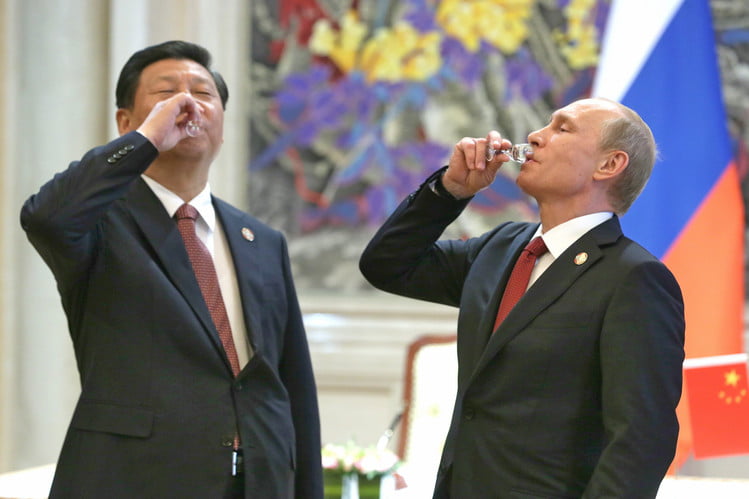By Stephen Blank
A virtual flood of studies and articles continues to appear concerning Russo-Chinese relations.[i]
Although the expert consensus remains that no alliance or no formal alliance between Russia and China exists despite their visibly growing intimacy; I would dispute that finding.[ii]
Indeed, Moscow keeps inventing euphemisms to disguise what is going on.
First it was called a comprehensive strategic partnership.[iii]
More recently in November 2018 President Putin called it a ‘privileged strategic partnership.’[iv]
Both these formulations sound like attempts to deceive foreign observers as to the alliance’s real nature.
Thus Putin described comprehensive strategic partnership as follows:
As we had never reached this level of relations before, our experts have had trouble defining today’s general state of our common affairs. It turns out that to say we have strategic cooperation is not enough anymore. This is why we have started talking about a comprehensive partnership and strategic collaboration. “Comprehensive” means that we work virtually on all major avenues; “strategic” means that we attach enormous inter‑governmental importance to this work.[v]
Similarly Foreign Minister Lavrov has stated that,
As regards international issues, we feel – and out Chinese friends share this view – that our cooperation and coordination in the international arena are one of the most important stabilizing factors in the world system. We regularly coordinate our approaches to various conflicts, whether it is in the Middle East, North Africa, or the Korean peninsula. We have regular and frank and confidential consultations.[vi]
It is hard to know how a privileged partnership expands upon a comprehensive one. Moreover, this alliance is not merely a political relationship but one of active military collaboration.
In addition, leading officials in both countries expect this relationship to deepen, including in its military dimensions, during 2019.[vii] Indeed, President Xi Jinping told Russian Defense Minister Sergei Shoigu that not only can both militaries deal with “common security threats” but also they should increase cooperation and unswervingly deepen their strategic coordination.[viii]
And we can already see practical examples of such coordination as both governments jointly conducted a series of experiments in the atmosphere that not only could alter earthly environments but also apparently disturb electrical connections in the territories below these experiments.[ix]
These experiments look suspiciously like preliminary efforts to test both ground-based and space-based capabilities to achieve the effects of an EMP (Electro-Magnetic Pulse) attack on earth against their adversaries.
Indeed, commenting on these tests, the Chinese journal Earth and Planetary Physics observed that the results were satisfactory but also “such international cooperation is very rare for China.”[x]
Similarly, the Vostok-2018 exercises involving large-scale Russian forces and about 3200 Chinese forces in September -2018 may have originally been intended as an exercise in anticipation of a U.S. attack on North Korea.[xi]
In fact Russian writers, e.g. Vasily Kashin, Senior Research Fellow at the Russian Academy of Sciences Institute of the Far East, claim that the 2001 Russo-Chinese treaty enshrined at the very least strategic military and political coordination between both governments.
Specifically, he observes that,
Chapter 9 of the treaty stipulated that “in case there emerges a situation which, by [the] opinion of one of the Participants, can crate threats to the peace, violate the peace, or affect the interests of the security of the Participant, and also in case when there is a threat of aggression against one of the Participants, the Participants immediately contact each other and start consultations in order to remove the emerging threat.[xii]
Kashin further notes that, “While the treaty did not create any obligations for mutual defense, it clearly required both sides to consider some sort of joint action in the case of a threat from a third party.”[xiii]
This means that even before these events in the military sphere, we see a well-developed process of shared learning and exchange of operational and strategic concepts to enhance bilateral relations.[xiv]
This parallels the wider and extensively developed network of bilateral consultations across many ministries of both governments that are then manifested in practice and thereby reflect an alliance, even if it remains an informal one.[xv]These postures and operations go considerably beyond the joint exercises and arms sales that others have written about.[xvi]
The point here, as confirmed by many analysts, is the extensive inter-military dialogues that have gone on for over a decade as part of the larger program of inter-governmental exchanges.[xvii]
Certainly the joint air and missile defenses exercises of 2017 suggests an alliance for in such exercises both sides must put their cards on the table and display their C4ISR.
As Vasily Kashin observes, this exercise took the form of a computer simulation where both sides constructed a joint air/missile defense area using long-range SAM systems like the Chinese HQ-9 and the Russian S-300/400 series.[xviii]
Likewise, both the preceding and ongoing naval exercises before and after 2017 point to deepening collaboration and a vibrant bilateral military dialogue.
Conclusions
Analysts have long chronicled the political, economic, and ideological manifestations of the evolving Sino-Russian partnership. But the steadfast denials of a military alliance dynamic here are not based on the evidence of arms sales, technology transfer, joint exercises, conventional and nuclear coordination and long-term strategic dialogues.
Inasmuch as the U.S. has singled out China and Russia as its adversaries misreading the true nature of their relations gravely undermines the chances for successful American strategy and policy and not only in Asia.[xix]
It is long since time that analysts and policymakers acknowledged the reality that is evolving right before their eyes and stopped taking refuge in clichés and wishful thinking.
Only on the basis of realism can we move forward to deal with this alliance and the challenge of either defeating or disassembling it in exclusively peaceful ways.
Stephen Blank is a Senior Fellow with the American Foreign Policy Council.
Editor’s Note
One can debate what kind of alliance these two authoritarian states are forging.
But clearly as the Australian strategist, Ross Babbage has argued, both are working towards the goal of making the world safe of authoritarian states.
It is important to factor in how these two states reinforce one another’s actions, plan joint actions, or operate counter to one another as a key element of the strategic shift from the land wars to crisis management with peer competitors.
And the study of how authoritarian states work together — in both support as well as cross purposes — is a neglected study.
We recently reviewed a book about Japan and Nazi Germany which had many insights into the alliance and its dynamics.
https://defense.info/book-review/2018/12/germanys-last-mission-the-failed-voyage-of-u-234-to-japan/
There is also interesting information on the Japanese-Nazi alliance contained in a book on Bletchley Park which we have reviewed as well.
https://defense.info/book-review/2018/11/the-secrets-of-station-x-how-the-bletchley-park-codebreakers-helped-win-the-war/
[i]To give three of many examples, Marcin Kaczmarski, Mark N. Katz, and Teija Tillikaiinen, The Sino-Russian and US-Russian Relationships: Current Developments and Future Trends, Finnish Institute of International Affairs, Helsinki, 2018 www.upi.fiia.fi; Richard J. Ellings and Robert Sutter, Eds., Axis of Authoritarians: Implications of China-Russia Cooperation, Seattle, WA: National Bureau of Research, Asia 2018; Jo Inge Bekkevold and Bobo Lo Eds., Sino-Russian Relations In the 21stCentury, New York: Palgrave Macmillan, 2018,
[ii]Ibidem.
[iii]““Interview to the Xinhua News Agency of China,” www.kremlin.ru, June 23, 2016
[iv]Alla Hurska,” Flawed ‘Strategic Partnership’: Putin’s Optimism On China Faces Harsh Reality,” Eurasia Daily Monitor, December 12, 2018, www.jamestown.org
[v]“Interview to the Xinhua News Agency of China,”
[vi]Ministry of Foreign Affairs of the Russian Federation, “Statement and Answers to Questions From the Media by Russian Foreign Minister S.V. Lavrov at the Press Conference on the Results of Russia’s Chairmanship of the UN Security Council, New York, October 1, 2015,” BBC Monitoring.
[vii]“Russia, China To Bolster Ties In 2019: Envoy,” http://tass.com/politics/1038117 December 27, 2018; “China, Russia Agree To Boost Military Ties, XinhuaDecember 21, 2018, Retrieved from BBC Monitoring
[viii]“China: Xi Meets Russia Defence Minister,” Xinhua, October 20, 2018, Retrieved from BBC Monitoring
[ix]“China, Russia Test Controversial Technology Above Europe-Paper,” South China Morning Post, December 17, 2018, www.scmp.com
[x]Ibid.
[xi]Brian G. Carlson, “Vostok-2018: Another Sign Of Strengthening Russia-China Ties,” SWP Comment, No. 47, November, 2018, https://www.swp-berlin.org/fileadmin/contents/products/comments/2018C47_Carlson.pdf,
[xii]Vasily Kashin, The Current State Of Russian-Chinese Defense Cooperation, Center For Naval Analyses, 2018, p. 14
[xiii]Ibid.
[xiv]Ibid.
[xv]Marcin Kaczmarski, An Asian Alternative? Russia’s Chances of Making Asia an alternative to Relations With the West, Centre for Eastern Studies, Warsaw, www.osw.waw.pl, 2008, p.p. 35-36
[xvi]Schwartz, Wishnick, Vostok-2018
[xvii]Kaczmarski, pp. 35-36; Jacob Kipp, “From Strategic Partnership to De facto Military Alliance: Sino-Soviet Mil-Mil Contacts in the Modern Era, 1945-2018, Presented to the NPEC Conference, Washington. DC, 12 July 2018
[xviii]Kashin, p. 20. C4ISR stands for Command, control, communications, computers, intelligence, surveillance, and reconnaissance
[xix]The National Security Strategy of the United States Of America, https://www.whitehouse.gov/wp-content/uploads/2017/12/NSS-Final-12-18-2017-0905.pdf, December, 2017
The featured photo can be found here:
Russia and China actively collude to bring down the only thing America cares about


